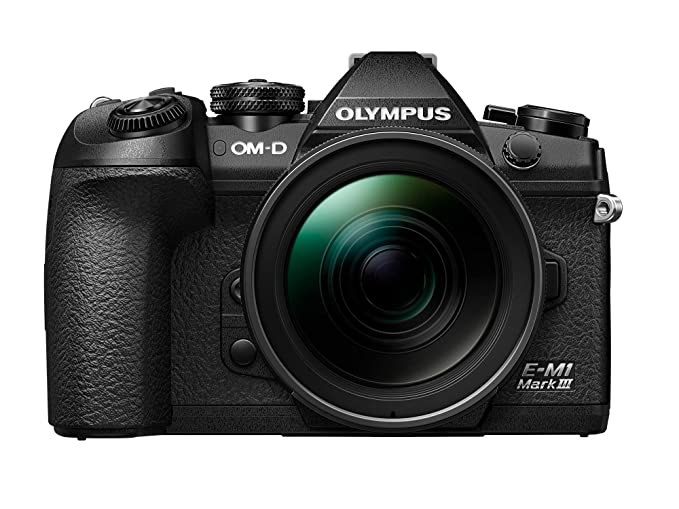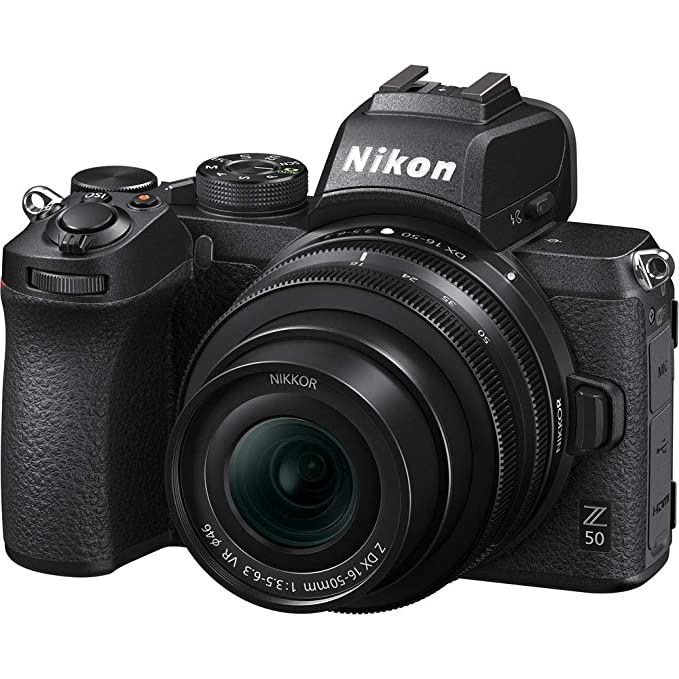Buying a DSLR Camera: Some Fingertips
Buying a DSLR camera is an exciting decision, but it can also be overwhelming given the wide range of options available. Here are some tips to help you make an informed decision:
Determine Your Needs
Consider your specific photography requirements and the types of subjects you intend to shoot. Are you interested in landscapes, portraits, wildlife, or sports photography? Understanding your needs will help you narrow down the features and specifications you require in a DSLR camera.
Set a Budget to buy a DSLR
Decide on a budget that aligns with your financial resources and the value you place on your photography. DSLR cameras come in a wide price range, so having a budget in mind will help you focus your search and prioritize features that matter most to you.

Research and compare latest DSLR
Do thorough research on different DSLR camera models from various brands. Read reviews, compare specifications, and consider factors such as image quality, low-light performance, autofocus system, and lens compatibility. Websites, photography forums, and online communities are valuable sources of information and user experiences.
Hands-on Experience for buying DSLR
If possible, visit a camera store and try out different DSLR cameras. Get a feel for the camera’s ergonomics, button layout, and menu system. Check if the camera is comfortable to hold and operate, as this will impact your shooting experience.

Consider the Lens Ecosystem
The availability and variety of lenses are crucial when choosing a DSLR camera. Look into the lens selection and compatibility with different camera systems. Consider the range of lenses you may need in the future to expand your photography options.
[mc4wp_form id=20969]
Megapixels and Image Quality
While higher megapixel counts can provide more detail in your images, it’s important to balance megapixels with other factors like sensor size and low-light performance. Don’t solely focus on megapixels alone, as they are not the sole determinant of image quality.

ISO Range and Low-Light Performance
Consider the ISO range and low-light performance of the camera. A wider ISO range allows for better performance in low-light conditions without excessive noise. Look for cameras that offer good high ISO performance to handle various lighting situations effectively.
Autofocus System of DSLR
A robust autofocus system is crucial, especially for action, wildlife, or sports photography. Look for cameras with advanced autofocus systems that offer a wide coverage area, fast focusing speeds, and accurate subject tracking.

Future Growth and Expandability
Consider your future growth as a photographer. Will you need additional features or accessories in the future? Check if the camera offers expandability options such as external flashes, battery grips, or wireless connectivity to enhance your shooting capabilities.
After-Sales Support and Service
Research the brand’s reputation for customer service and after-sales support. Ensure that you will have access to reliable service centers or support channels in case of any issues or inquiries.
Remember, buying a DSLR camera is an investment, and it’s essential to find the camera that best suits your needs and preferences. Take your time, do thorough research, and weigh your options carefully before making a decision.
